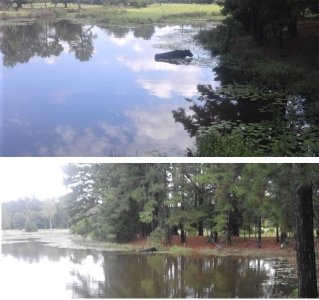Dusty Britches
Well-known member
When I bought my Hereford bull, the owners of Atlas Farms said to cull any heifer that doesn't shed her coat early and recommended reading Man Must Measure by Dr. Jan Bonsma. Unfortunately, I cannot find a print version of his book, but I'm curious, why focus on early hair shedding? Today I came across this article: https://www.drovers.com/news/beef-production/increase-adaptability-through-use-hair-shedding-epds but it doesn't really get into how to score hair shedding or really explain how it relates to increased adaptability. Thankfully, I saw Jeanne - Simme Valley's thread on the data collection that U of Missouri was doing and a short write up on how to score.
But, what benefits are there? Isn't hair shedding also a function of the overall health of an animal? If they are not healthy, they retain their winter coats longer? What other characteristics will early shedding indicate on cattle?
But, what benefits are there? Isn't hair shedding also a function of the overall health of an animal? If they are not healthy, they retain their winter coats longer? What other characteristics will early shedding indicate on cattle?

